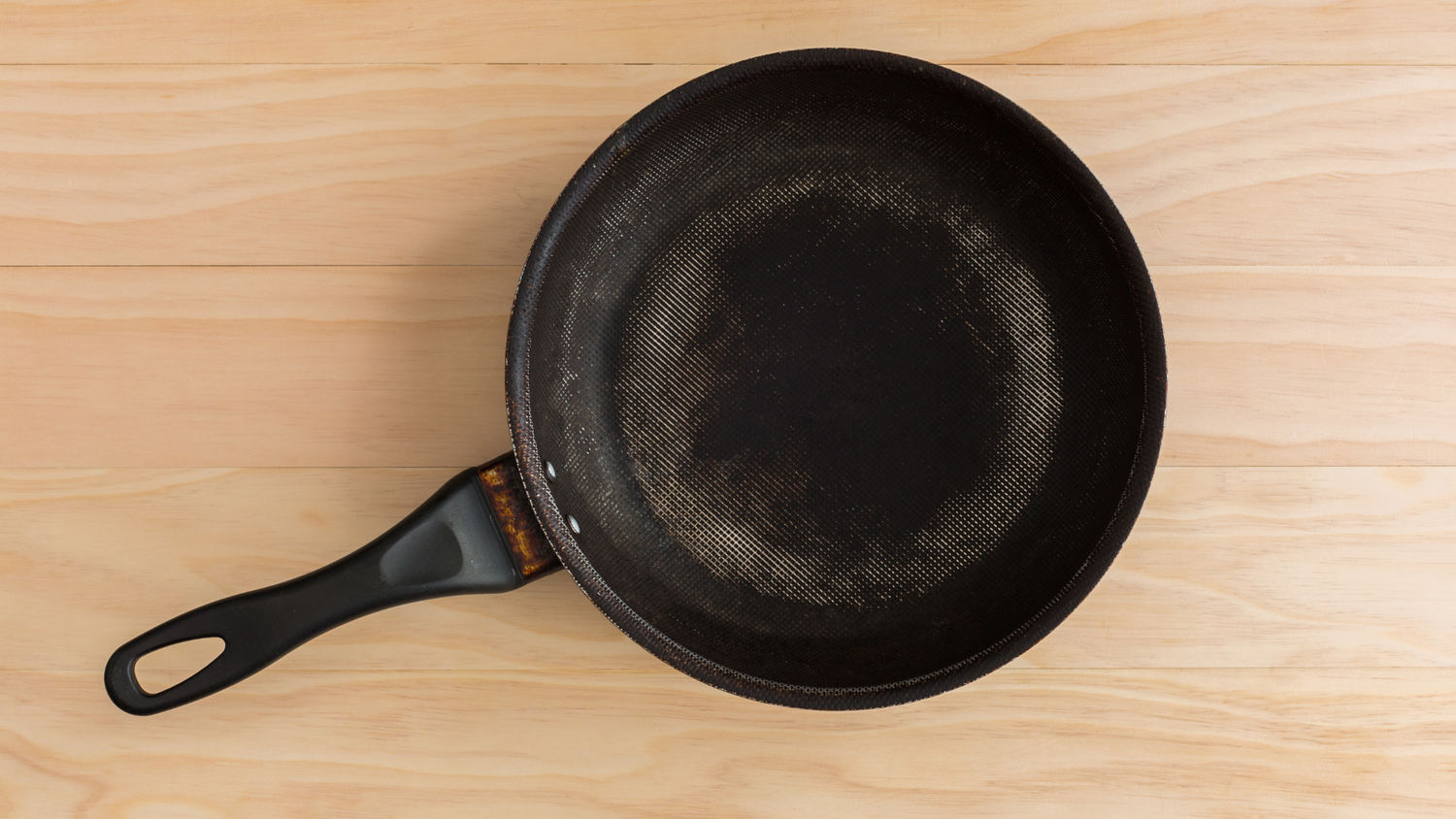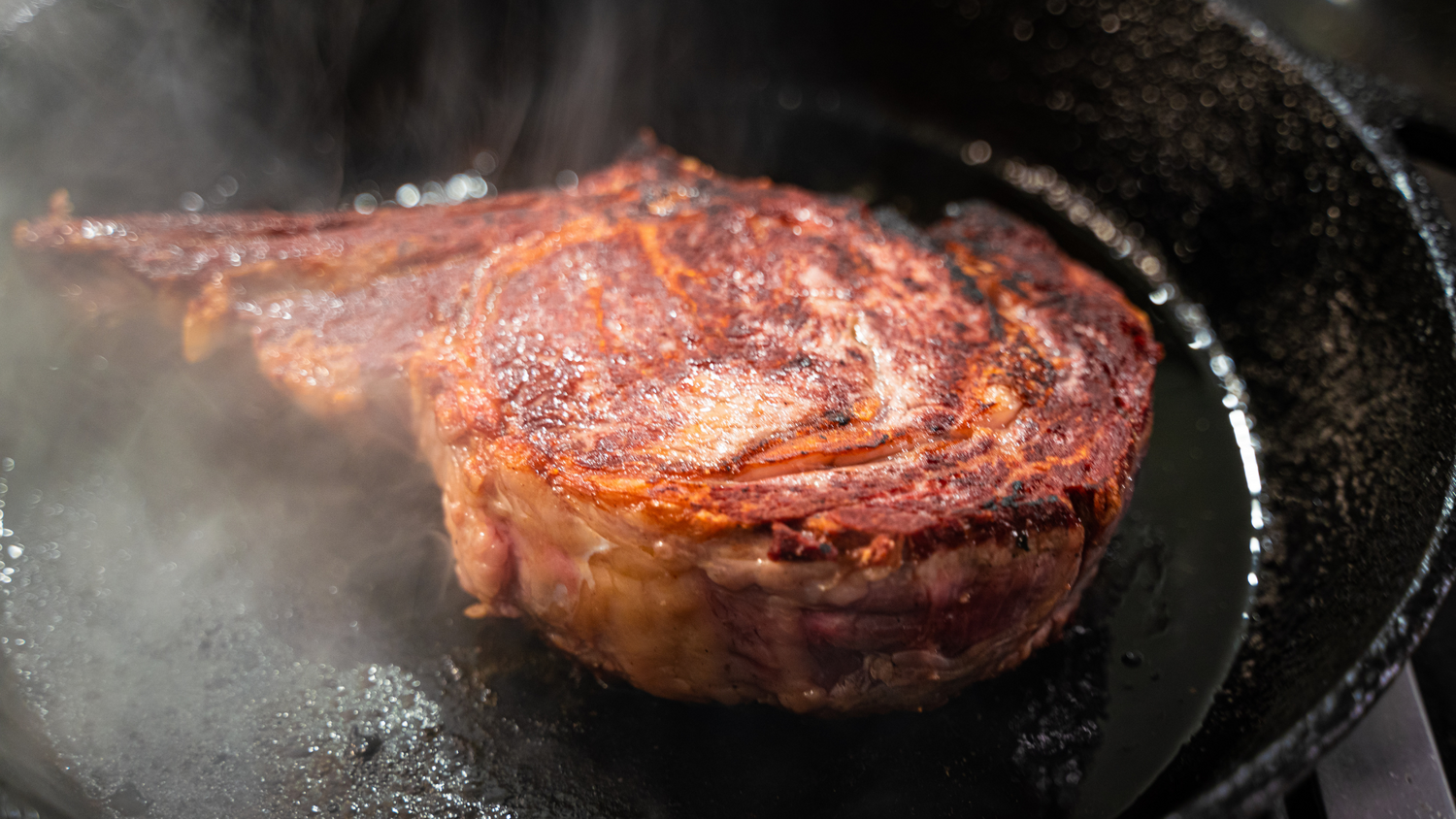Why use cast iron cookware?
Published June 23, 2024.
Non-stick cookware is the preferred option in many American kitchens. It’s cheap and doesn’t require much skill to use. The issue with all non-stick cookware is the presence of forever chemicals. The pans are “non-stick” because forever chemicals, known as per and polyfluoroalkyl compounds (PFAS), are used in the coating.

These compounds are water and oil resistant, so your food and sauce will not stick. However, the compounds release into the food and air when the pans are heated to temperatures near 500 F or scratched.
Forever chemicals accumulate in our bodies, water, and soil to pose significant long-term health risks. Current epidemiological research indicates that the broad class of PFAS are linked to a number of health issues including, impaired thyroid function, liver disease and cancer, lipid and insulin dysregulation, kidney disease, endocrine disruption, reproductive and developmental toxicity, immunotoxicity, and neurotoxicity[1]. Worse yet, there’s still far more we don’t know about the compounds than we do know.
For everyday cooking, cast iron is a great option that is just as inexpensive as non-stick. Cast iron pans are made by melting iron ore in a blast furnace. A 10.25 inch Lodge Cast Iron Skillet is the pan I’ve cooked most of my food in for years. Cast iron pans are durable, retain heat well, and distribute the heat evenly in your food. Cooking a ribeye steak or brussel sprouts in a cast iron is unmatched! Healthwise, cast iron pans do not release any harmful compounds or substances into your food.

In fact, cast iron pans can actually increase the iron content of your food. The additional iron content can be especially important for portions of the population with iron deficiency, such as young women aged 12-21.
When you properly season and maintain your cast iron, they will naturally contain a non-stick layer. To season the cast iron, use a fat with a high smoke point such as avocado oil, ghee, lard, or tallow. Place the cast iron in the oven or run it on the stovetop. To maintain the seasoning, immediately run your cast iron under water after cooking. Gently use a copper brush to remove any food scrapings that remain on the pan. Assuming the burner is turned off but still warm, place the pan back on it to remove the moisture. Add a little oil to the pan to reinforce the seasoning layer. Cast irons come in a range of sizes and shapes, so you can easily add on more to your collection depending on what you plan to cook.
I avoid cooking highly acidic ingredients or sauces in cast iron because they can degrade the seasoning and alter the taste. For these foods, I recommend using stainless steel.
